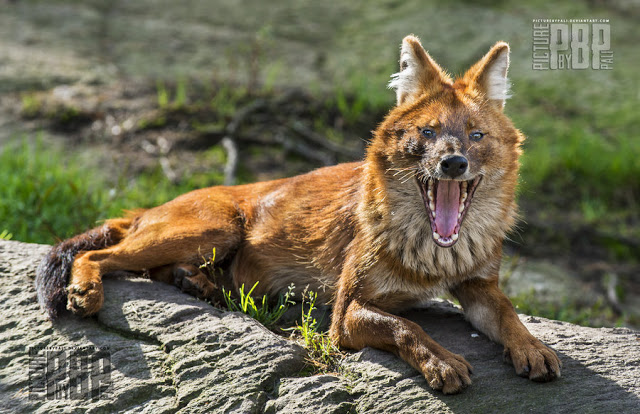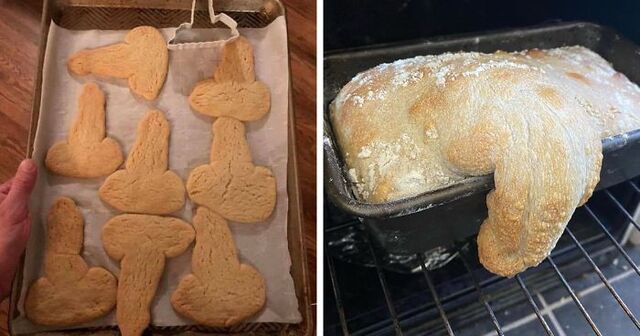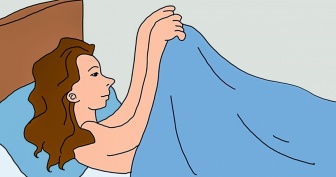All You Need to Know About Dhole, the Forgotten Asian Wild Dog
Meet the dhole ( Cuon alpinus), which is a canid native to Central, South and Southeast Asia. They are efficient predators and communal pack hunters. These rust-coloured carnivores roam the jungles and montane forests of Central and East Asia filling the humid air with whistles, howls and screeches that chill the heart of any sambar deer or wild boar. There have even been reports of dhole packs hounding – and, maybe even, killing – tigers.
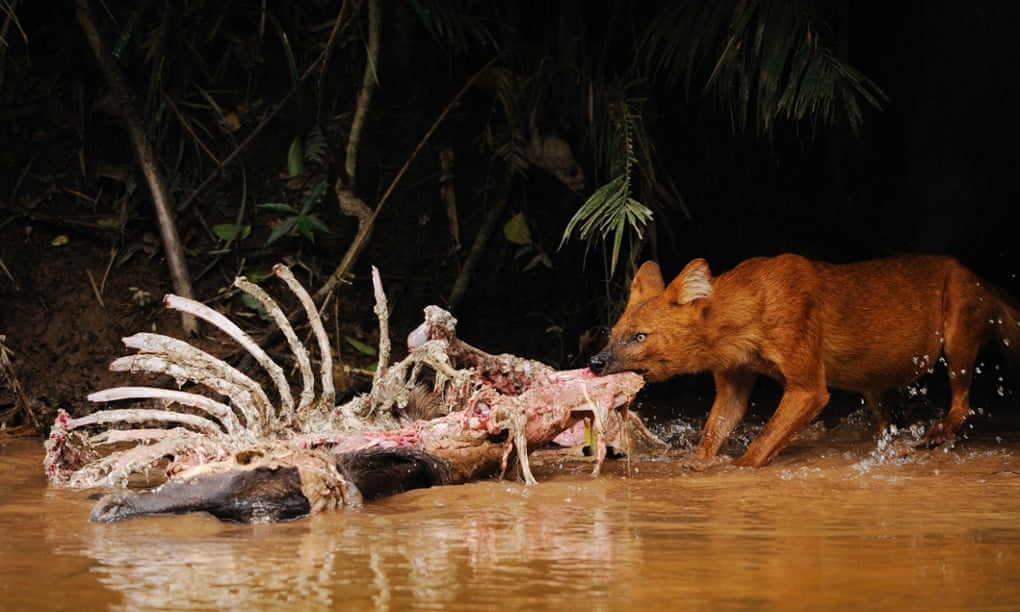 Photograph: Tontantravel/Flickr
Photograph: Tontantravel/Flickr
Dholes can usually be found on jungle roads, river beds and paths where they rest during the day. Their lifespan is about 10 years in the wild and up to 16 years in captivity. The dhole is an average size canine. The dhole is characterized by a broad skull and a short, broad muzzle. The fur on the back and flanks is reddish brown, while the neck, chest and undersides are white or lightly colored.
 Tara Harris/Minnesota Zoo
Tara Harris/Minnesota Zoo
Although little-known, dholes have a plethora of names: the Asiatic wild dog, the red wolf and the whistling dog among them, along with some 40 or so indigenous names. However, the origins of the name ‘dhole’ remain obscure. The canid’s scientific name is Cuon alpinus, and they are the only species in the Cuon genus. In other words, if we lose the dhole we lose an entire evolutionary genus.
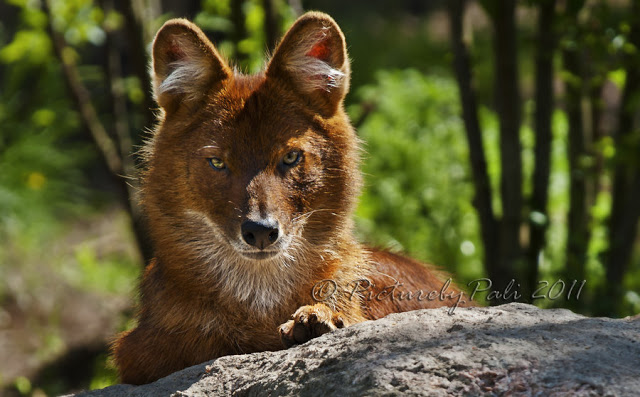
In appearance, the dhole has been variously described as combining the physical characteristics of the grey wolf and red fox, and as being “cat-like” on account of its long backbone and slender limbs. The dhole is a highly social animal, living in large clans without rigid dominance hierarchies and containing multiple breeding females. Such clans usually consist of 12 individuals, but groups of over 40 are known. They feast on hoofed mammals. When hunting as a pack, dholes can catch prey over 10 times their own body weight and can even fend off a tiger.
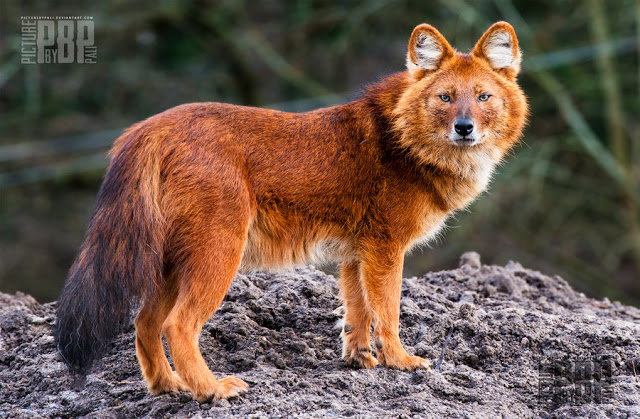
When it come to reproducing, the mother usually gives birth to eight pups at a time. Pups are born throughout the end of fall, winter, and the first spring months . After the female gives birth, a few other adults take part in feeding the mother and pups.
The dhole is listed as Endangered by the IUCN as populations are decreasing and are estimated at fewer than 2,500 adults. Factors contributing to this decline include habitat loss, loss of prey, competition with other species, persecution due to livestock predation and disease transfer from domestic dogs.
